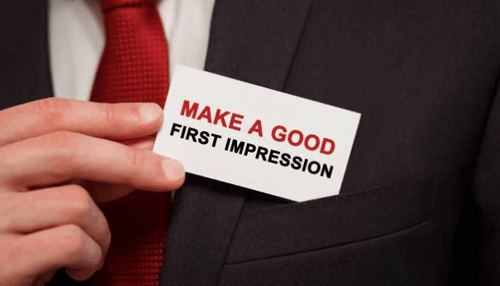How To Make A Good First Impression At Work

Landing a new job is a significant accomplishment, but navigating the initial days and weeks can feel daunting. Making a positive first impression is crucial for building relationships, establishing credibility, and setting the stage for long-term success.
While the specific strategies may vary depending on the company culture and role, certain universal principles apply. Mastering these principles can help any new employee integrate smoothly and leave a lasting positive mark.
Preparation is Key
Before the first day, research the company's values, mission, and recent news. Understanding the organization's goals allows you to align your actions and communication accordingly.
LinkedIn can be a valuable tool for learning about your colleagues. Familiarizing yourself with their roles and backgrounds can facilitate initial conversations and demonstrate initiative.
Plan your attire in advance, ensuring it aligns with the company's dress code. When in doubt, err on the side of being slightly more formal than casual.
Mastering First Interactions
Arrive on time, or even a few minutes early, on your first day. Punctuality demonstrates respect for your colleagues' time and the importance of the role.
Introduce yourself to your team members and other relevant personnel. A confident handshake, direct eye contact, and a genuine smile can make a strong initial impact.
Remember names and use them in subsequent interactions. This simple gesture demonstrates attentiveness and respect.
Active Listening and Engagement
During meetings and conversations, practice active listening. Pay close attention to what others are saying, ask clarifying questions, and avoid interrupting.
Show genuine interest in your colleagues' work and experiences. Asking open-ended questions can encourage them to share their insights and build rapport.
Contribute thoughtfully to discussions, but avoid dominating the conversation. Sharing your ideas in a concise and respectful manner demonstrates both confidence and collaboration.
Navigating Workplace Dynamics
Observe the workplace dynamics and social cues to understand the unspoken rules and norms. Pay attention to how colleagues interact with each other and adapt your behavior accordingly.
Be mindful of your body language and nonverbal communication. Maintain a positive and approachable demeanor to signal openness and receptiveness.
Offer assistance to colleagues when appropriate, but avoid overstepping boundaries. Demonstrating a willingness to help can foster a collaborative environment.
Seeking Feedback and Continuous Improvement
Proactively seek feedback from your manager and colleagues. This demonstrates a commitment to learning and continuous improvement.
Be open to constructive criticism and view it as an opportunity to grow. Responding positively to feedback shows maturity and a desire to excel.
Reflect on your performance and identify areas where you can improve. Continuous self-assessment is essential for long-term professional development.
The Long-Term Impact
Making a good first impression is not just about the initial days; it's about establishing a foundation for lasting professional relationships. These relationships are built on trust, respect, and mutual understanding.
According to a Harvard Business Review article on workplace dynamics, strong relationships can lead to increased collaboration, innovation, and overall job satisfaction.
By focusing on preparation, communication, and continuous improvement, new employees can confidently navigate their first weeks and set themselves up for success in their new roles.


















